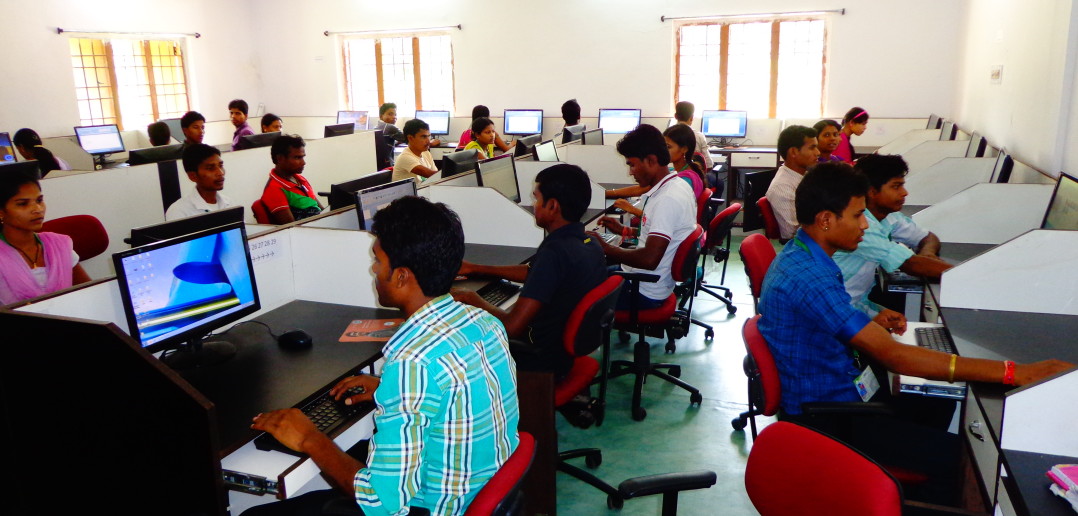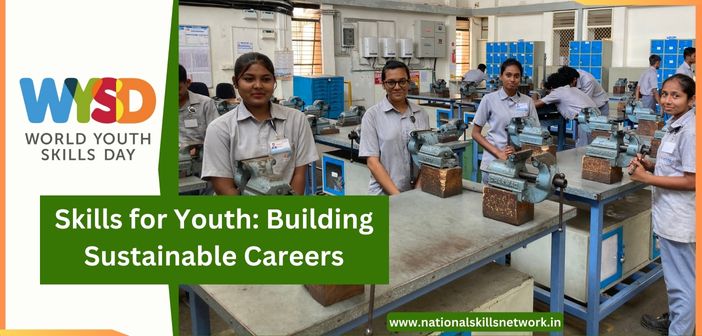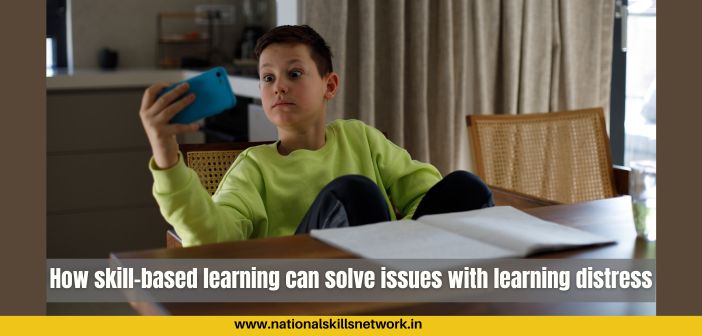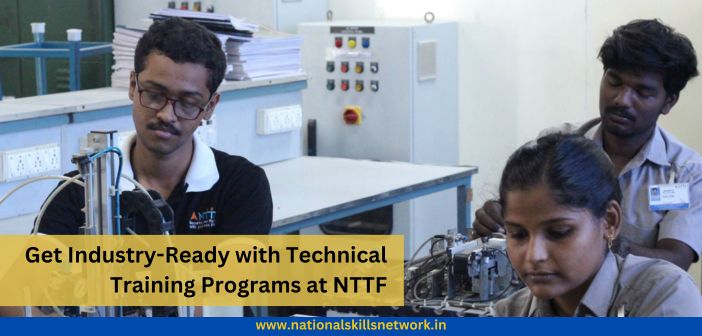The livelihood colleges in Chhattisgarh have shown us how we can channelize the energies and enthusiasm of rural youth towards self-development and sustained employment. In this Skill Talk , Niraj Kumar Bansod, IAS, Collector & District Magistrate, Sukma, tells us more about the innovative concept of livelihood colleges that provide decent livelihood through skill development and training. Mr. Bansod has been instrumental in setting up the livelihood college in Sukma and making it a hub for various skill-based options for self-employment.
Getting started
Following the success of the livelihood college in Dantewada, the government of Chhattisgarh has expanded them to several other districts, Sukma being one of them. When we started in 2012, we hardly had any infrastructure, even constructing a building was quite a task. Basic amenities had to be built from scratch – roads, power, telecom. Even today, Sukma is poorly connected in terms of mobile networks and internet. Moreover, since this area tribal dominated and naxal affected, the literacy level have remained very low. However, the number of school dropouts is quite high. This makes our task more difficult to carry on with the initiatives and seek cooperation from the people.

A college with a difference
There are no entry qualifications to enroll in the livelihood college. It is for both educated youth and school dropouts. They can get trained according to their interests. The college offers courses to people in the age group of 15 to 35. They are given accommodation, practical training, assessments and certification on completion of the course. The Chhattisgarh State Skill Development Authority certifies the candidates based on certain parameters and standards.
Most of the Livelihood Colleges run courses in servicing, repair and maintenance of mobile phones, electrical equipment, solar energy equipment, hand pumps, carpentry, plumbing, office management, hospitality, sales and marketing. Beauty and hair dressing, sewing and fashion designing, medical and nursing are also popular among young women.
Focus on self-employment
After the training we make sure that there is no need to migrate to other locations and seek jobs outside the district. We have observed that this is not a preferred option for the local youth. Hence, we help them contribute to local business with as much government support as possible. Since job generation has its own challenges, we believe that self-employment can be a solution, it will generate more employment and entrepreneurship options. It keeps them connected with their family and grassroots.
Enabling and sustaining livelihoods
Vocational education and training is getting them the required focus in life, the youth will not get distracted by other undesirable influences. We are equipping them with necessary skills to improve their livelihood. And these skills will help them sustain by earning a living. At the basic level, youth are efficiently trained in different trade; they can also enhance their knowledge and upgrade their skills if they are technically qualified
Partnering with training providers
The district administration supports the training providers and Project Implementation Agencies (PIAs) with resources and infrastructure. We partner with different training providers for a variety of trades and all our candidates are certified as per government norms. We also work with local experts and guest trainers.
Linking skill development with employment
While a course in industrial sewing machine operator can fetch a job in the industry, it may not be possible for training in other trades to have direct links with jobs. Some of the trained youth get absorbed in our existing job roles and when this is not possible we create new job opportunities as needed. At the same time we facilitate self-employment if they want to set up their business in the district. For example, the youth trained in masonry are linked to building houses under the scheme Indira Awas Yojana or, toilets etc.
Since there was a dearth of AC mechanics in the entire district- the group of youth trained in AC repair had started their own service and they take up repairing the ACs installed in government offices.
A course on desktop printing has given a good employment option since all the government print work is given to these youth. Similarly, a sanitary napkin unit is established and the women’s self-help group (SHG) produce sanitary pads and the government departments buys back from them and supplies in school for adolescent girls. Women have also taken up sewing school uniform as an employment option.
Quality of training and outreach
We are able to successfully plan and execute different initiatives under the umbrella of livelihood college. Earlier, when the vocational programs were conducted, and scope and outreach was not so effective. Now, with the livelihood college, we are able to ensure that we deliver quality training and have a wider impact in terms of self-employment and placement. In small ways, this is definitely creating a positive impact on the lives of hundreds of families in Sukma and setting a trend in being responsible for their own self-development .














Comments 1